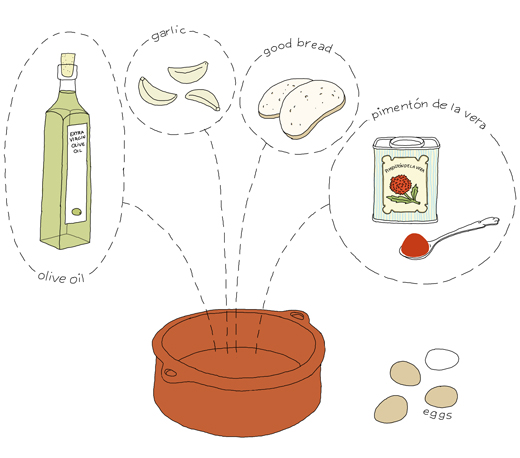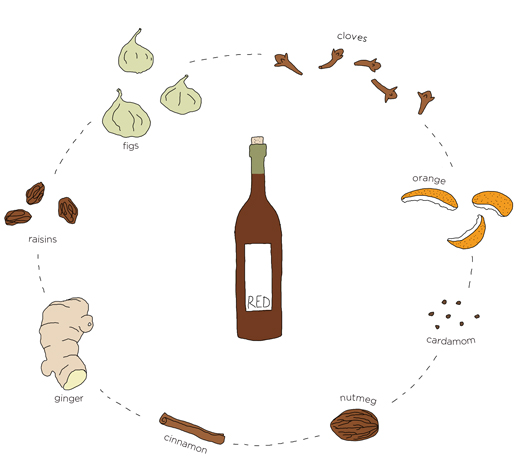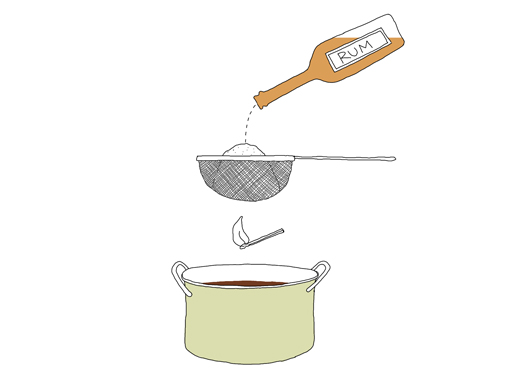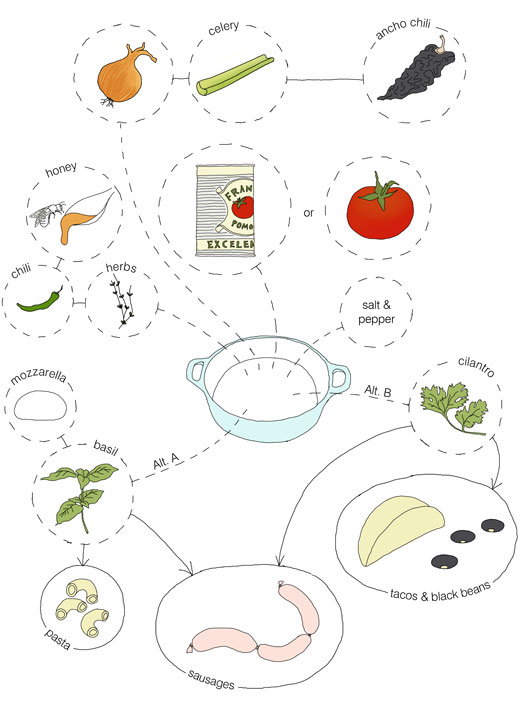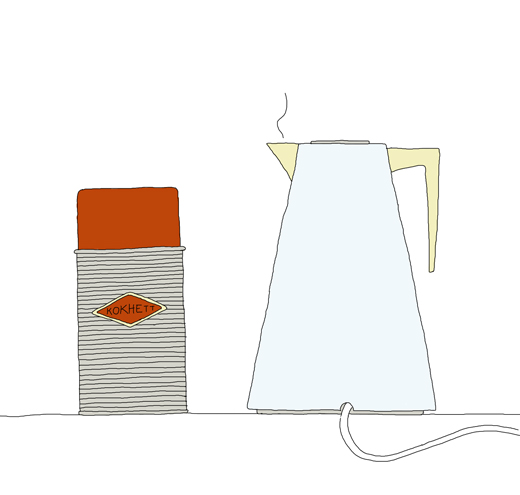
One of the first times I met Sofi Meijling she treated me to a fantastic eel salad. It was Christmas eve and the salad was blended together with apples and dill. Since then we have become really good friends and she is somebody who I really enjoy having around in the kitchen. Sofi is that kind of person who could turn a catastrophic moment in the kitchen into a culinary adventure. She always has a great idea of how to turn a bland stew into something sensational.
Sofi, who used to be a graphic designer, works as a dramaturge (litterary adviser for theater plays) in both Malmö and Copenhagen. She is an excellent translator and is fluent in both Danish and English. She can also get around with some Russian. Impressive!
For some time Sofi lived without a normal kitchen and instead of getting a microwave she cooked her meals with an electric kettle and a soup thermos. She developed methods to steam different kinds of vegetables, boiled soft eggs and, according to Sofi, made the best couscous ever. She mastered the kettle and thermos so well that she once cooked an entire dinner for 4 adults and two kids.
I hope Sofi one day will start her own blog as I really enjoy her cooking and stories. Until then I’m happy to host her here.
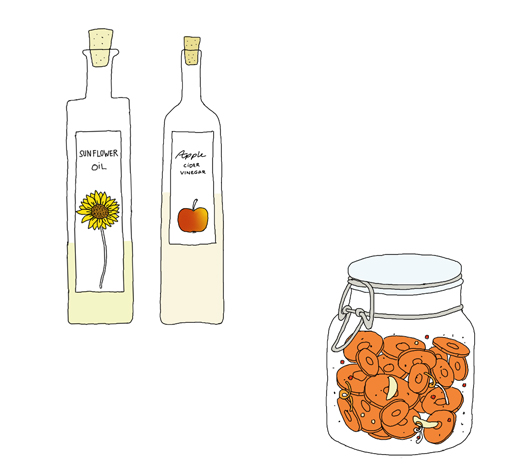
Pump up the carrots!
by Sofi Meijling
This time of year I am getting a bit bored with the old swedes, parsnips and carrots. Roasting them in the oven, blending them in a hot lentil soup, mashing them into a golden puree is all nice and comforting, but now’s the time to wake them from the dead of winter and let the sunshine in! This delicious way of enjoying them raw suits any blend of roots, or carrots on their own. They will keep for several days, so you can make a large batch at a time. (Just make sure to use clean tools when you fish out the portion needed.)
Orange Cured Carrots
Fill a glass storage container with thinly sliced carrots. I recommend the use of a mandolin, if you are not particularly fond of slicing.
Use one orange per pound of roots to make the marinade. Choose organic oranges, since you want to use the zest, but tart or sweet variety doesn’t matter, the acidity will have to be balanced to taste anyway. Grate the zest off first, then press the juice from the halved fruits. Add double the amount of sunflower oil, a pinch of salt, a pinch of sucanat, a pinch of Korean chili flakes, a little ground black pepper, and a clove of garlic, cut in half but not crushed. Now add your apple cider vinegar, generously if your brand is full-bodied, a little less if the oranges were tart to begin with; the mix should be fresh and pleasantly sour.
Pour the marinade over the carrots and leave in the fridge overnight. Try it as a side dish with pork, with roman lettuce and rocket in a green salad, gently heated with lots of blue poppy seeds for your vegetarian buffet – or as I did last week: add their glory to a fish soup.
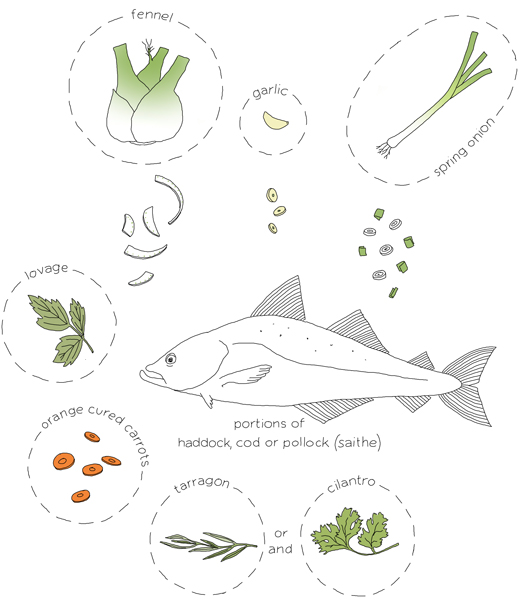
Waiting for spring Fish Soup
Sweat thinly sliced fennel, coarsely cut spring onion (or the green part of a leek) and a little thinly sliced garlic with olive oil. Season generously with salt, black pepper and some lovage. Set portion-cuts of haddock, pollock (saithe) or cod on top of the vegetables and add boiling water until just covered. Simmer gently for a few minutes. Add the oranged carrots when the fish is almost done, let them get warmed through but not softened. Sprinkle each serving with freshly chopped tarragon and/or cilantro.
(kokblog recommend to always check what fish to buy…
Seafood Watch (US) and WWFs fisk guide (Sweden)
*
related links



